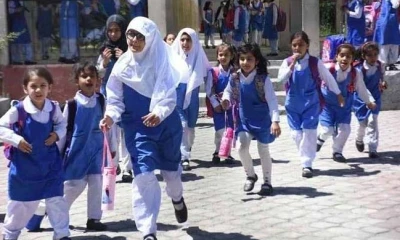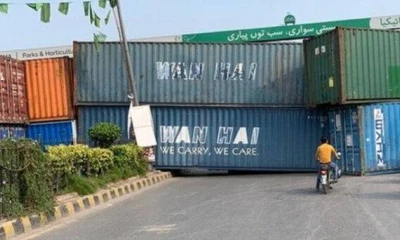Regional
More than half of the world doesn’t have clean water at home
In 2021, the World Health Organization (WHO) and the United Nations Children’s Fund (UNICEF) estimated that 2 billion people worldwide lack access to clean water. Roughly a quarter of the world’s population might seem bad enough. But on Thursday, a new study …
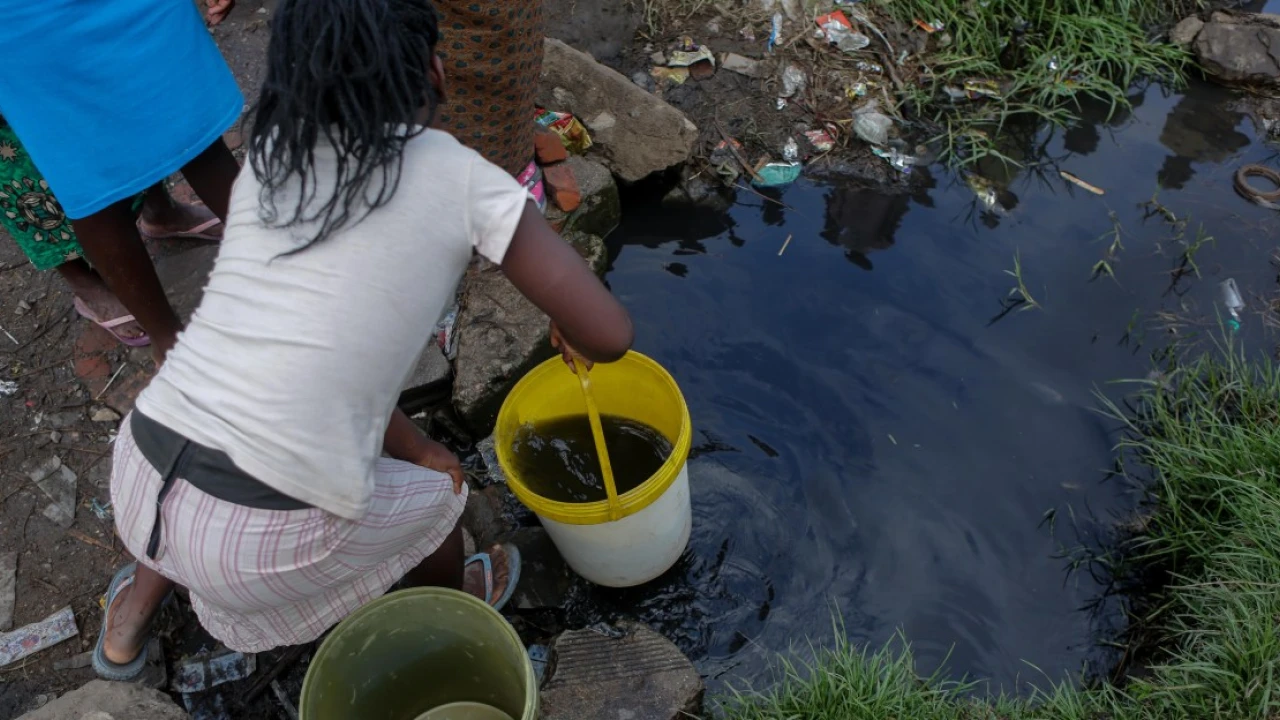
In 2021, the World Health Organization (WHO) and the United Nations Children’s Fund (UNICEF) estimated that 2 billion people worldwide lack access to clean water. Roughly a quarter of the world’s population might seem bad enough. But on Thursday, a new study published in Science reported that 2 billion was a huge underestimate. New analyses reveal that 4.4 billion people across low- and middle-income countries — over half of the world’s population — don’t have safe household drinking water. It’s not that billions more people lost access to water. Rather, how researchers measure access became much more accurate, and those new measurements showed the problem is much worse than previously thought. If you’ve always had clean running water at home, it’s easy to forget that drinkable tap water isn’t a given for much of the planet. In developed countries like the US with sanitation systems, water is siphoned from a lake, river, or underground reservoir, and passed through a treatment plant to filter out dirt, bacteria, and harmful chemicals. From there, it’s stored in something like a water tower and piped into homes. If everything goes right, that water is safe to drink. Even then, this process doesn’t go 100 percent right. Leaky pipes, aging infrastructure, and chemical contamination limit access to safe water in even the wealthiest countries. If it’s a logistical hurdle for those countries — where the vast majority of water is clean, cheap, and plentiful — the burden for low- and middle-income countries in providing everyone with safe drinking water is far more challenging, especially in rural areas, where limited sanitation infrastructure, conflict, and inadequate funding can impede water access. Sufficient access to clean, reliable, affordable drinking water is a human right, though, and the United Nations has urged governments to funnel resources toward building and maintaining water infrastructure. (One of the UN’s sustainable development goals is for every community to have clean water — a far-off goal.) Better funding is vital, but unless money is strategically directed toward the right places and programs, throwing cash at the problem won’t necessarily fix it. That’s where the new data comes in. Esther Greenwood, doctoral candidate at the Federal Institute of Technology Zurich and Eawag, an aquatic research institute in Switzerland, noticed huge gaps in information about drinking water services for over half of the world’s population. By filling these gaps, Greenwood and principal investigator Tim Julian aimed to highlight regions where investment in drinking water testing is needed the most. “The fact that so many people around the world do not have reasonable access to safe drinking water must give us pause for thought,” Eawag director Martin Ackermann said. “This could be avoided.” More people lack safe drinking water than was thought — a lot more Figuring out how many people have access to safe water is no small feat, especially in rural areas where this data matters the most. Historically, UNICEF has relied on household surveys, sending teams of people to conduct in-person interviews from a sample of homes in a given country. They ask questions like, “Can you please provide me with a glass of water that members of your household usually drink?” and “Where was this water collected from?” — all of which provides a decent snapshot of a family’s current water situation. But these surveys are labor-intensive and expensive, so information is only gathered once every five to 10 years. Anything that affects water use at a shorter timescale, from livestock farming to seasonal changes in rainfall, won’t be captured. And until recently, surveys didn’t ask about water quality at all, Greenwood added. For most regions, only one survey’s worth of data on drinking water contamination exists so far, which makes it difficult to assess trends over time. Greenwood’s team incorporated 39 different sources of geospatial data in their study, gathered on land and via satellite, in addition to survey data from over 64,000 households across 27 countries between 2016 and 2020. They used all of this information to train machine learning models to estimate whether the water in a given place met four safety criteria from the WHO/UNICEF Joint Monitoring Programme (JMP), which collects data on water supply, sanitation, and hygiene: improved (as in, from a source that could be safe, like pipes, rather than an unprotected well), and whether it was available when needed, accessible without a commute, and free from fecal contamination. In the past, water quality has been measured by averaging survey results across a country’s entire population. Greenwood said that the JMP generally tries to average survey responses relating to all of its water safety criteria, then highlight the lowest value. Say that a survey in one country finds that 80 percent of people get water from an improved source, 50 percent have water at home, 40 percent have consistent water access, and 30 percent have clean, non-contaminated water — the JMP would report that 30 percent of people have safe drinking water. This washes out a lot of the nuances of people’s individual experiences. What if you have access to clean water, but you have to walk to a kiosk three miles away to get it? Or have consistent water access at home, but it’s piped into tanks via weekly truck deliveries (an “unimproved” water source)? To get around this problem, Greenwood’s team instead calculated data at the household level, and divided land into smaller chunks than full-blown countries to create a more accurate map of safe drinking water use. They found that two-thirds of people living in low- and middle-income countries had no household access to safe drinking water in 2020. How to clean up water Fecal contamination, or high levels of E. coli, was the biggest problem for nearly half of the population studied. When people or animals defecate near a water source, or sewage isn’t effectively contained, E. coli appears in drinking water downstream. Drinking contaminated water like this leads to diarrheal disease — an annoyance for adults but a mass killer for the young, with over 1,000 young children dying from the disease every day, primarily in South Asia and sub-Saharan Africa. While the technology required to measure E. coli levels is widely available, actually collecting drinking water samples and testing them is expensive, especially in remote rural areas. As a consequence, Greenwood said, “We still lack national data on drinking water contamination for approximately half of the global population.” Other chemicals like arsenic and pesticides can also cause health problems when they wind up in drinking water, but data on these contaminants was even more limited than that for E. coli — too limited for Greenwood’s team to include in their training data. Greenwood’s team found that environmental factors, like tree density and how much rainfall changes with the seasons, were another major predictor of drinking water quality. This aligns with what researchers already knew — water quality is shaped in part by the weather. Runoff after a big rainstorm, for example, can pick up bacteria, dirt, and pollutants on its way back to rivers and lakes. Heat waves also correlate with spikes in water contamination, especially in low-income areas. As the Earth continues getting hotter, this will become an increasingly pressing concern — low-income countries currently facing water insecurity are also the most vulnerable to the effects of climate change. Landscape and urban development also come into play. Sometimes, water is scarce because humans built a city in a dry place, or that city outgrew its water supply. South Africa’s Cape Town was almost forced to shut off its water supply in 2018 after a years-long drought, and narrowly avoided a massive crisis through a combination of restricting water supply and reducing demand. But often the problem is less how much water there is than its quality and its availability to homes. Too often wastewater treatment plants are poorly managed, or insufficient water pressure prevents piped water service from running consistently. Mexico City, for example, may also run out of water in the not-too-distant future due to a combination of climate change and human mismanagement. When city pipes run dry, alternate sources of water like bottled water or kiosks are usually available, but these can cost up to 52 times as much. Tackling huge policy problems like water insecurity requires a lot of data. Greenwood’s team began to fill in some of the gaps left open by the JMP, but she said that the kind of information they really need — frequent, hyperlocal measurements of water use over time — still doesn’t exist. This longitudinal data will be especially important for understanding how climate change is affecting drinking water services. Since climate and weather fluctuate faster than once-in-a-decade surveys can capture, surveys alone won’t cut it. Household data also don’t necessarily reflect someone’s daily water use, either. People also drink water and go to the bathroom at work, school, and other public facilities — and there are still huge gaps in information about public water use. This study also didn’t address the affordability of drinking water, or the disproportionate burden that water insecurity places on the women often tasked with fetching water when it’s not available at home. While the kind of geospatial data Greenwood’s team used can’t necessarily answer those questions, it can help point resources in the right direction. Areas with especially high levels of fecal contamination, or especially densely populated areas with limited water sources, could be flagged for prioritization by the government. Greenwood hopes that by demonstrating what a big effect accounting for geospatial information has on water safety estimates, their team can mobilize policymakers “towards improving monitoring of water quality globally, particularly in regions where there are current data gaps.”
Continue Reading
-
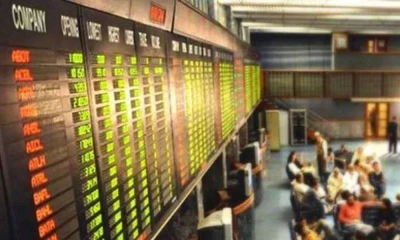
 Business 1 day ago
Business 1 day agoBloodbath as PSX crashes amid heightened political situation
-

 Sports 2 days ago
Sports 2 days agoZimbabwe beat Pakistan by 80 runs through DLS method in 1st ODI
-

 Pakistan 1 day ago
Pakistan 1 day agoPresident, Interior Minister condemn attack on Rangers
-

 Sports 1 day ago
Sports 1 day ago2nd ODI: Zimbabwe set Pakistan target of 146 runs to win
-
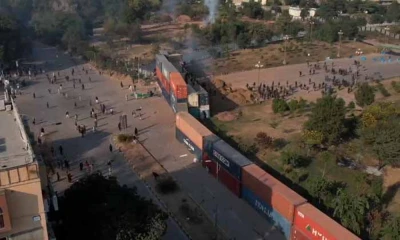
 Pakistan 1 day ago
Pakistan 1 day agoPTI protesters reach D-Chowk, heavy security on alert
-
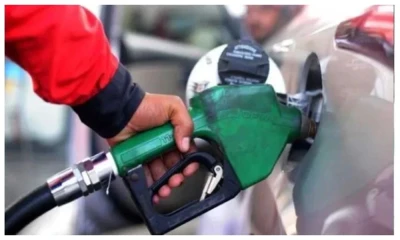
 Business 1 day ago
Business 1 day agoPossibility of petrol shortage in twin cities, Lahore
-
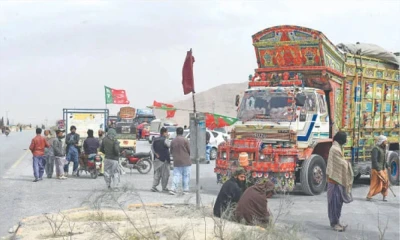
 Pakistan 2 days ago
Pakistan 2 days agoNon-recovery of abducted boy leads to strike across Balochistan
-

 Regional 1 day ago
Regional 1 day agoCouple's wedding photoshoot in front of containers in Islamabad goes viral






